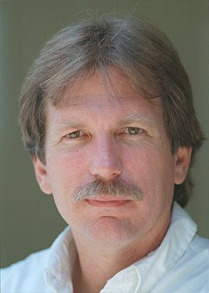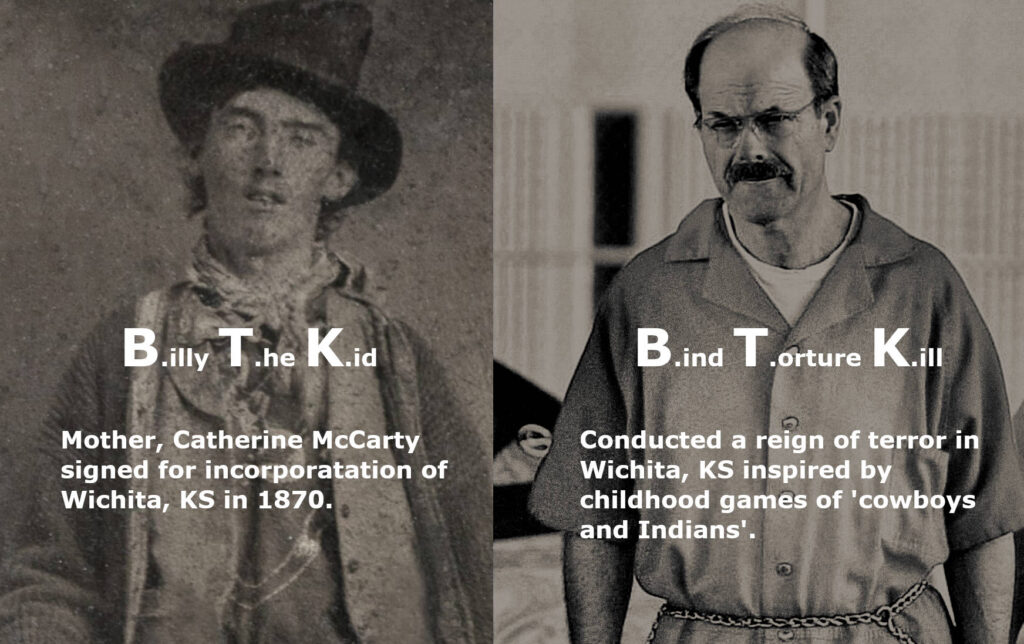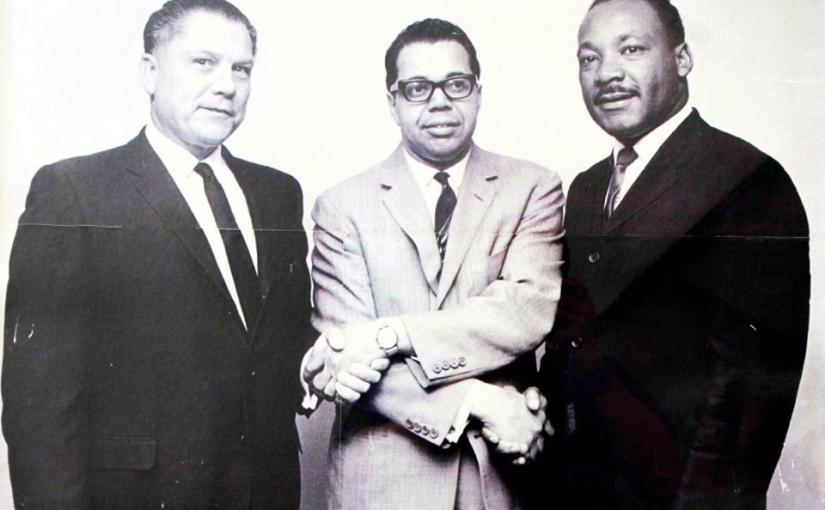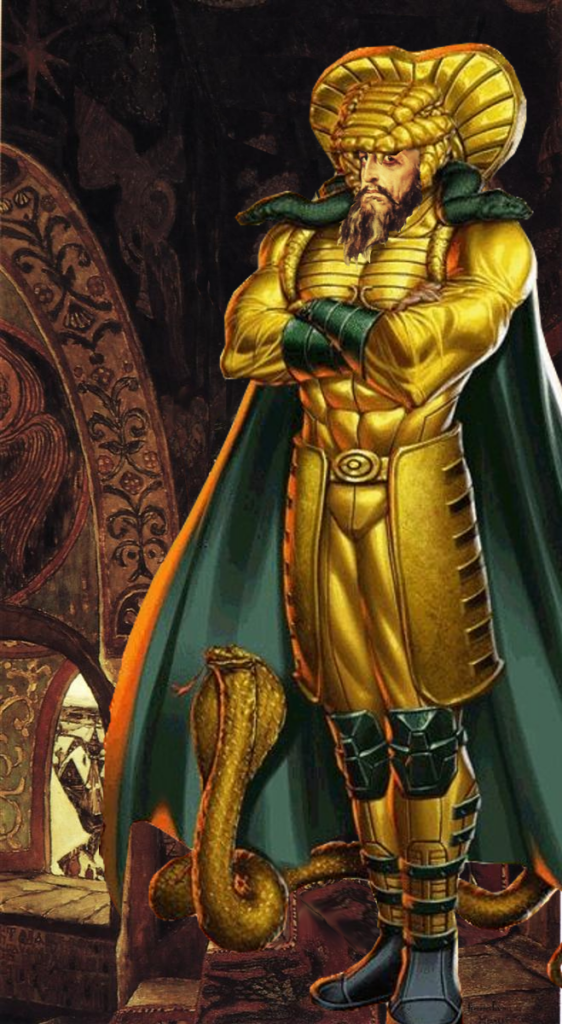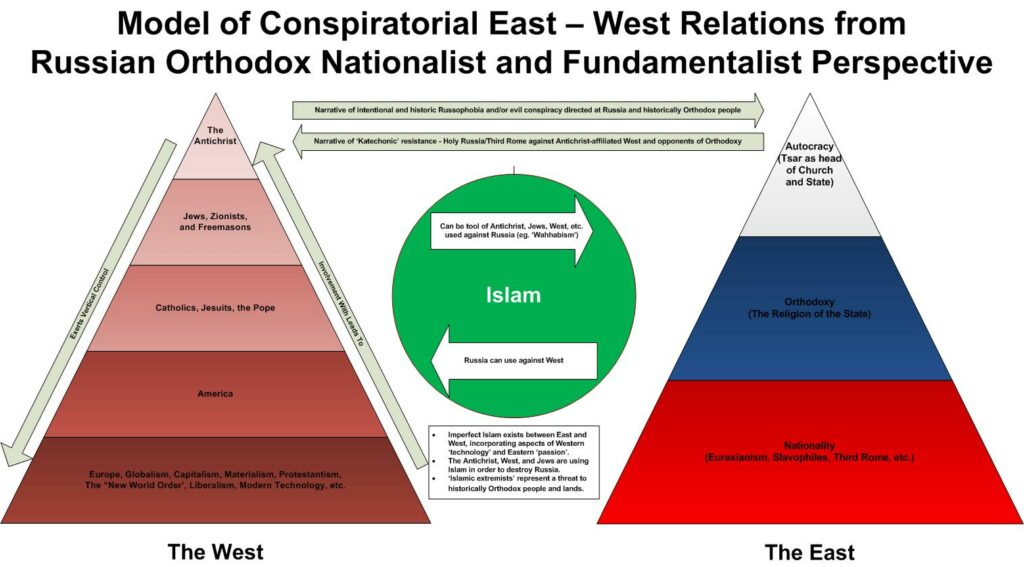I recently read an article which suggested that the conspiracy theory that vaccines contain microchips emerged following a March 18, 2020 Reddit AMA with Bill Gates [1]. In response to the AMA, biohackers began to write positively about the potential for chip-based medical devices to combat epidemics and deliver vaccines.
Within several days of the Reddit AMA, a Baptist pastor from Jacksonville Florida named Adam Fannin – known best for his anti-Semitic conflicts with comedian Sarah Silverman in 2019 – found one of these biohacking blog posts online. Fannin then developed it into his own interpretation of apocalyptic prophecy largely based on his “deep distrust of Gates”. Fannin made a 9-minute YouTube sermon which went viral and accumulated nearly 2 million views before it was taken down. “The pastor titled the post, “Bill Gates – Microchip Vaccine Implants to fight Coronavirus,” adding one pivotal word to the biohackers’ title: vaccine.”[1]
Looking more deeply into the origin of the vaccines and microchips story, I think it is important to observe how it may emerge from and complement Russian Orthodox nationalist geopolitics and information warfare. Continue reading “Russian Origins of the Vaccine Microchip Conspiracy Theory”

